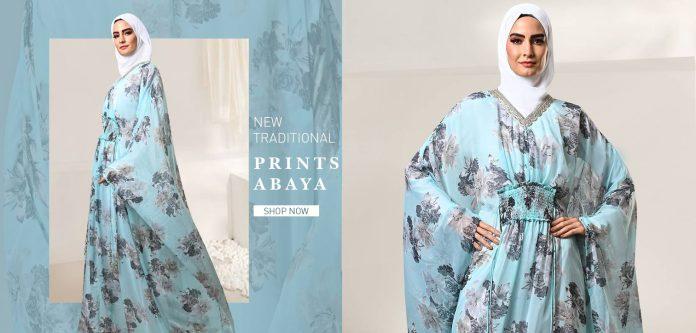Islamic wear, encompassing a diverse array of clothing styles and designs, holds deep cultural and religious significance for millions around the world. It not only reflects personal beliefs and values but also stands as a testament to the intersection of modesty and fashion. From traditional garments like the abaya and thobe to contemporary adaptations, Islamic wear has evolved over time to offer a myriad of choices that celebrate individuality while adhering to cultural and religious norms.
Honoring Modesty with Elegance
At the heart of Islamic wear lies the principle of modesty, a core value in many cultures and religious traditions. Islamic clothing for men and women aims to cover the body modestly, emphasizing humility and respect. For women, this often translates into garments like the abaya, a flowing black robe, and the hijab, a headscarf that covers the hair. Men may wear the thobe or dishdasha, a long tunic-like garment.
A Tapestry of Diversity
While modesty serves as the foundation, Islamic wear is far from monolithic. It is a rich tapestry of cultural diversity, reflecting the multitude of regions, countries, and traditions within the Islamic world. From the intricate embroidery of Pakistani shalwar kameez to the vibrant colors of North African jellabas, each style speaks to a unique cultural identity while maintaining the common thread of modesty.
Modern Expression of Identity
In recent years, Islamic wear has undergone a contemporary renaissance, fusing tradition with modernity. Designers are embracing innovation to create clothing that adheres to modesty guidelines while embracing current fashion trends. Modest fashion shows and platforms have gained traction globally, offering a platform for designers to showcase their creativity and reinterpret traditional styles for the modern individual.
Empowerment Through Choice
The evolution of Islamic wear is more than just a fashion statement; it’s an empowering choice for many individuals. Muslim women, in particular, are breaking stereotypes by demonstrating that modesty and fashion can coexist. The ability to express one’s identity and beliefs through clothing empowers individuals to navigate the world confidently and authentically.
Cultural Bridging and Global Impact
Islamic wear is not confined to the borders of Muslim-majority countries; it has transcended boundaries and resonated with people from various backgrounds. Non-Muslims are increasingly appreciating the elegance and cultural richness of Islamic clothing, leading to cross-cultural influences that shape the global fashion landscape.
Challenges and Triumphs
Despite its growth, Islamic wear has faced challenges ranging from limited accessibility to concerns about cultural appropriation. Nevertheless, it has triumphed by carving out a space in the mainstream fashion industry. Major brands and retailers are recognizing the demand for modest fashion lines, acknowledging the diverse needs of consumers.
A Blend of Identity and Fashion
In a world where clothing is often a reflection of personal identity, Islamic wear stands as an eloquent example of how tradition and fashion can harmonize. It celebrates cultural heritage, religious values, and individual expression, all while maintaining a commitment to modesty. Whether embracing timeless traditional garments or embracing modern adaptations, individuals who choose Islamic wear make a statement that resonates far beyond the realm of fashion – they are honoring their identity, values, and the dynamic fusion of modesty and style.
